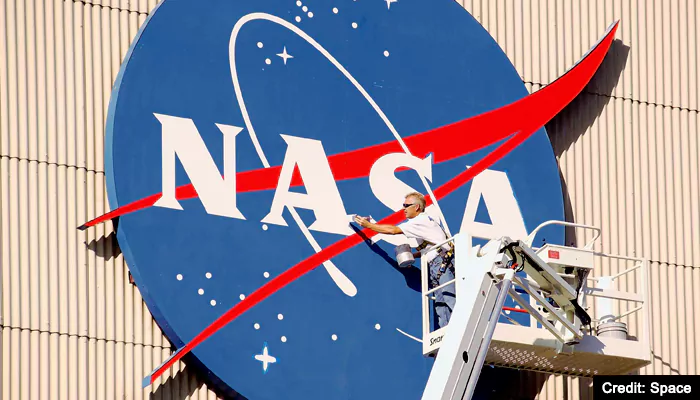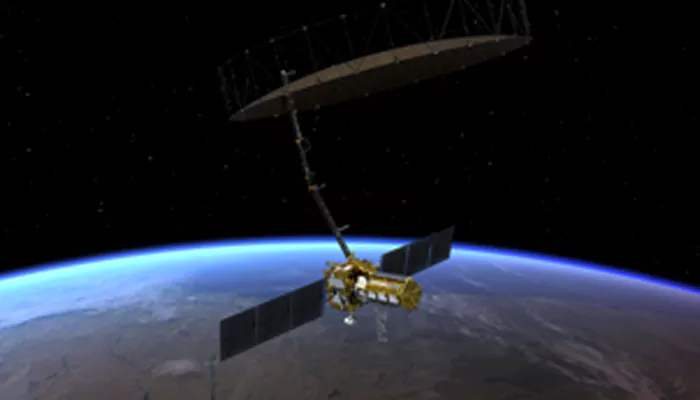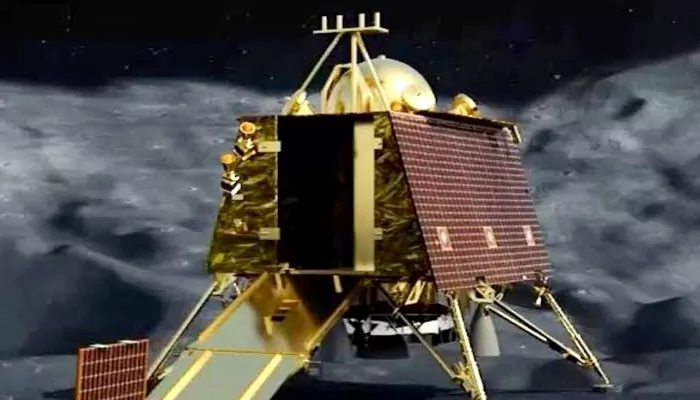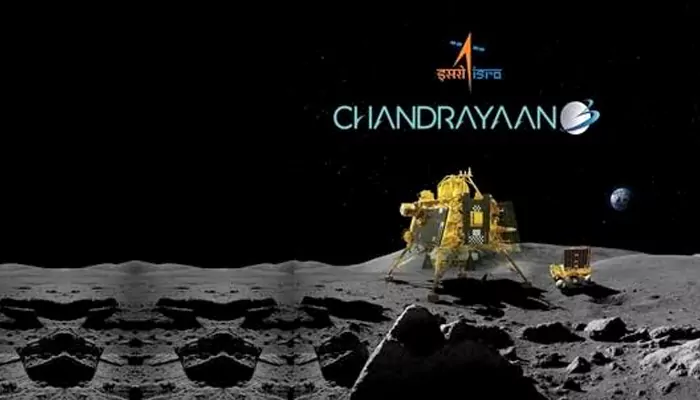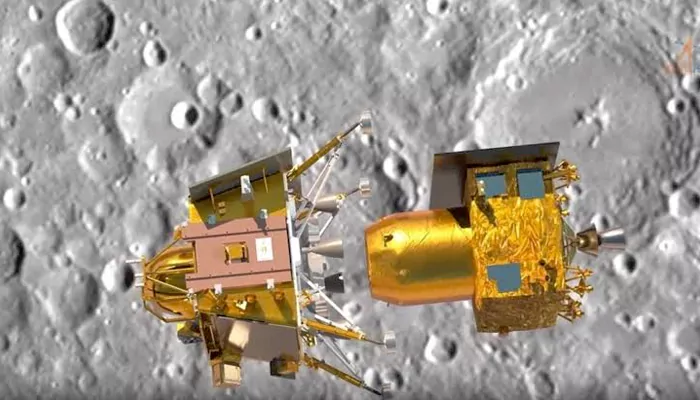Lunar Express: Know about China's Ambitious Superhighway Plan between Earth & Moon, Set to Redefine Interplanetary Travel
- Admin
- 1 year ago
- 3 minutes read

A group of scientists proposed an innovative concept of lunar superhighway, which captured space enthusiasts’ attention worldwide.
Remember the famous Led Zeppelin-song ‘Stairway To Heaven’? The memorable guitar riff of the song was an instant hit globally. Well, scientists have planned something similar, a highway, not to the heaven, but to the Moon! In this article, we will discuss about this unique proposal and future of interplanetary travel.
Lunar Express:
Researchers from China Academy of Space Technology (CAST) and the Beijing Institute of Spacecraft System Engineering proposed a unique roadmap for connecting Earth and its only satellite Moon. As per proposal, the whole network will be consisted of 3 lunar ground stations along with 30 satellites. Combinedly, they will monitor the services while navigating the real-time communication.

(Credit - @SciRobotics X handle)
Unique Network System: The scientist are hopeful to provide service for 20 or more space travellers simultaneously, through this ambitious mission. The connection will be established through audio, video or images. Additionally, the established network will provide precise Positioning, Navigation and Timing (PNT) for any spacecraft travelling between the Earth and moon. This will help successful lunar surface operations too.
More about Cislunar Space:
Cislunar space is the area between Earth and its satellite moon. The region comprises the orbits of satellites around our mother planet and the space area where the orbit of the moon is situated. Unfortunately, due to lack of infrastructure and technology, this enormous volume of area still highly underutilized.

(Credit - @Blackhole X handle)
Players in Cislunar Space: Despite increasing research interest, there are only few stakeholders for cislunar space research including USA, Russia, Europe, Japan, China, and India. These countries are focusing are developing satellites for noth unmanned and crewed lunar missions. Apart from commercializing the space, the economic potential is giving the much needed space for new actors including SpaceX and Blue Origin.
Potential for Lunar Economy:
Similar to the earth, its only satellite holds huge economic potential, even in absence of humans. “Cislunar space has become a new frontier for human activities,” said the team headed by Yang Mengfei, chief designer of China’s Chang’e-5 mission. The team further explained: “Space activities in this region are set to expand rapidly over the next decade, driving a new round of global competition.”
Currently valued around $518.48 billion, the space economy is predicted to touch $1,110.84 billion by 2030.
India’s Efforts:
Recently, India has developed the Defense Space Agency (DSA) to lead military efforts in space. With succesful chandrayaan-3 mission, India is gradually moving ahead in space exploration. As per recent estimation, India’s space economy is set to touch worth $13 billion by 2025.
... ... and here is how the Chandrayaan-3 Rover ramped down from the Lander to the Lunar surface. pic.twitter.com/nEU8s1At0W
— ISRO (@isro) August 25, 2023
(Credit - @isro X handle)
“Having a long-term robotic or human presence on the Moon could require innovative services that exploit Moonlight’s capabilities,” according to European Space Agency (ESA). The space scientists confident about finding resources there, but the major challenge is effective technology set up.
Hundreds of lunar missions are already planned in coming years. The strategic planning and implementation will pave the path for space exploration projects to the outer solar system, building international lunar research station as well manned lunar landings.

